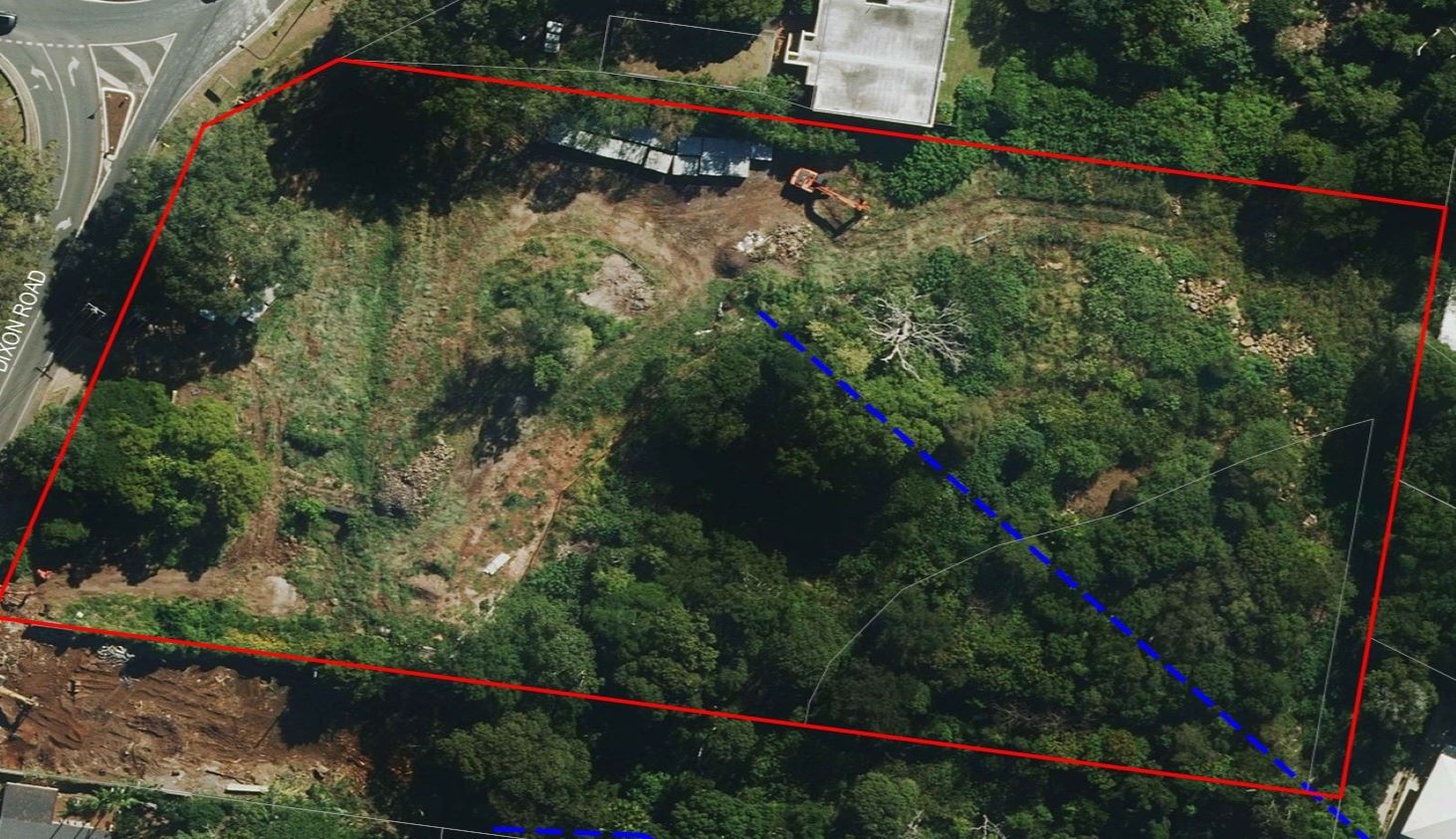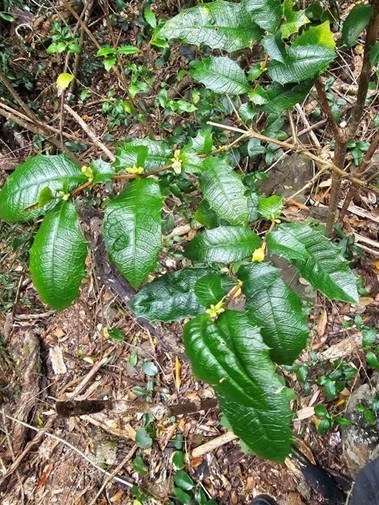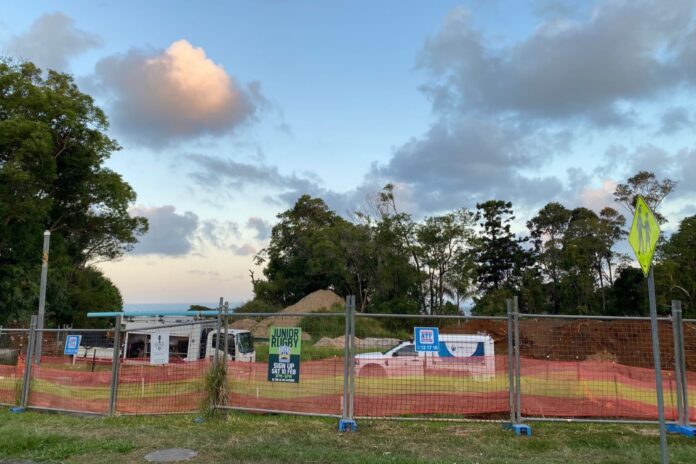The relocation of a threatened rainforest species has begun as a once-controversial site at Buderim is transformed into a boutique gated residential community.
Work began a few months ago at 1-7 Dixon Road, Buderim, just off the Dixon Road-King Street-Mooloolaba Road roundabout, for a subdivision of five residential blocks.
The 12,000sqm site has been the subject of various plans over the years and development was strongly opposed by some locals at one stage due to the property’s environmental values.
In 2010, the council approved 13 units for the sites, subject to conditions, and this number was reduced to seven following a court appeal. In 2014, the council approved seven lots for the site. in November 2020, BVS No. 5 received approval for a five-lot sudivision.
The approval included a relocation and rehabilitation plan for endangered and threatened flora species on the property.
These include the endangered reticulated holly or Buderim holly (Graptophyllum reticulatum), and the green kamala (Mallotus megadnontus), three-leaved bosistoa (Bosistoa transversa), Queensland nut (Macadamia integrefolia), and small-fruited Queensland nut (Macadamia ternifolia). The latter four are all regarded as threatened.

An article in bioTROPICA in May this year, by University of the Sunshine Coast Associate Professor Alison Shapcott, Yoko Shimizu and Amaya Richer said reticulated holly, (Graptophyllum reticulatum), was found in only six locations within a 20km radius on the Sunshine Coast.
Three of the locations were in Nambour, one at Ninderry, and two, including a translocated population, were at Buderim, where there is a conservation area for the holly.
An updated relocation, rehabilitation and vegetation management plan for the development site submitted to the council in April said 56 plants, including 45 reticulated holly, were to be relocated from the residential unit portion of the site to a translocation area at the rear of the site.
“At the time of writing this document, initial threatened flora translocation works have already been completed in the western portion of the site, and along the northern and eastern site boundaries as part of the construction of a sewer main,” the report said.
An updated translocation by JWA Ecological Consultants in September said 50 reticulated holly plants, were to be relocated and 26 already had been with a 37 per cent survival rate.

“At the time of writing this document, initial threatened flora translocation works have already been completed in the western portion of the site, and along the northern and eastern site boundaries as part of the construction of a sewer main,” the report said.
Also to be translocated were three green kamala, six three-leaved bosistoa, two of each Queensland nut.
These numbers were to be bolstered by propagated plants, and the area was to be fenced, and signed, with contractors made aware.
The translocation area will form a bushland reserve to be transferred to the council. It will be separated from the residential blocks by open space.
The five residential blocks are expected to go on the market through Rich and Partners in about April.
The article by Associate Professor Shapcott and others indicates the outlook for reticulated holly, also known as Buderim holly, is promising if land protection is maintained.
“Although this study revealed the existence of new populations, gave evidence of natural post-clearing recovery, documented positive translocation outcomes and predicted overall growth over the next 100 years, such encouraging results should be interpreted with caution,” it said.
Want more free local news? Follow Sunshine Coast News on Facebook, LinkedIn and Instagram, and sign up for our FREE daily news email.





